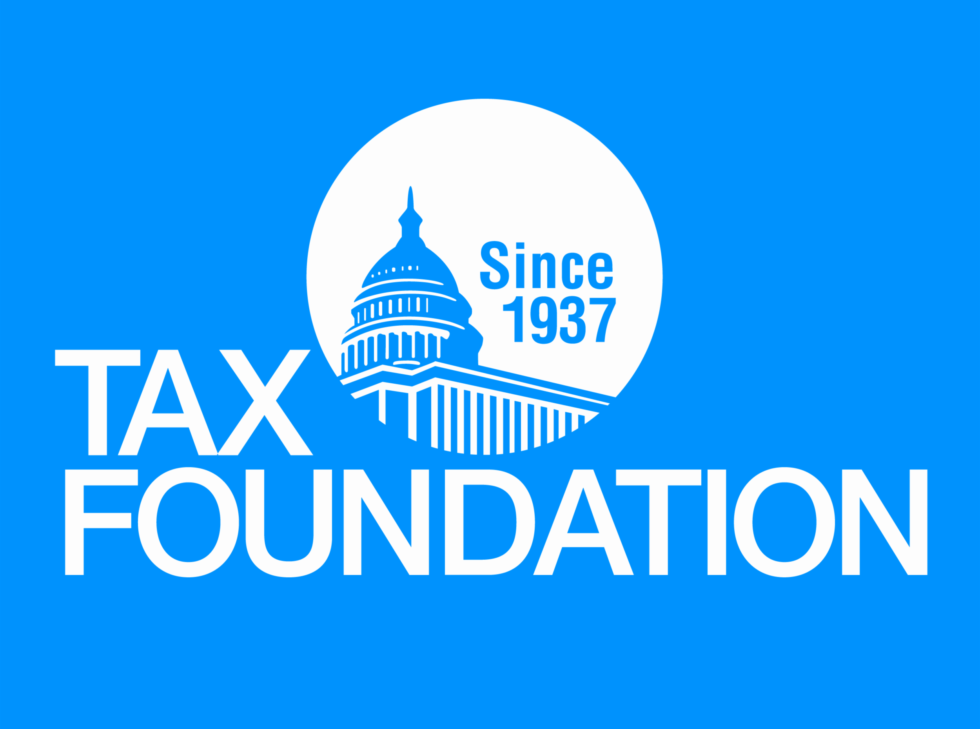Originally published on Forbes.com July 30th, 2013
This just in from the Tax Foundation:
This week, the Senate Finance Committee is considering the elimination of major tax expenditures as a starting point for a comprehensive reform effort, including the property tax deduction for owner-occupied housing. According to new researchby the nonpartisan Tax Foundation, however, the elimination of this deduction could have a negative effect on jobs and economic growth, if not supplemented with other pro-growth reform options.
The Tax Foundation’s dynamic economic model finds that the elimination of the property tax deduction would shrink the economy by $94 billion, reduce employment by the equivalent of approximately 216,000 jobs, and decrease wages by 0.4%. Moreover, even though initial static calculations estimate an addition $34 billion in federal revenue, a “dynamic” estimate which takes long-term economic interactions into account predicts a much smaller actual revenue increase of $11 billion.
The numbers are based on a study that is available here. I was a little skeptical about the numbers, because based on a large proportion of the returns that I see, an awful lot of people are in the AMT. If you are in AMT, the property tax deduction will likely be having no effect unless you are very close to being out of AMT. AMT is the alternative minimum tax. The alternative minimum tax is a total refiguring of your return at lower rates but with fewer or differently timed deductions. Among the things not deductible for AMT is the itemized deduction for taxes. In high income tax states the deduction for state income tax will bring a lot of people very close to AMT all by itself.
I spoke with Stephen Entin, one of the economists who worked on the study to get a better understanding of how they come up with the numbers. The IRS makes data files available to the public including a sample of a large number of returns. The number varies from year to year. Mr. Entin indicated that it is usually around 150,000 returns. Identifying information has been stripped out.
I was thinking about buying one to play with on my own, but according to this, it costs about four grand. The Tax Foundation overlays this data with its own software to recompute the returns based on different scenarios. What gets me about this is that each of the 150,000 or so returns needs to somehow be individually recomputed. Mr. Entin was pretty confident that the modelers who do the software have the alternative minimum tax properly figured in, but he promised to check with them about it.
That recomputation of the returns only gives you a “static answer”. A static answer assumes that you can change the tax law without changing anything else. The Tax Foundation goes on to compute a “dynamic” answer, that accounts for behavioral changes:
The simulation model’s other major component is a Cobb-Douglas production function based on neoclassical economics and on empirical relationships observed since World War II. This part of the model relates inputs to output. It estimates how changed marginal tax rates, which alter work and investment incentives, lead to adjustments in capital and labor supplies and, in turn, new levels of output and incomes.
I put on my skeptic’s hat here also. My impression is that most people are only dimly aware of the exact effects that being able to deduct costs have on their after-tax bottom line. Based on my experience trying to sell the condo that turned me into an accidental landlord, the most important factor in home ownership decisions comes down to two words – granite countertops. Mr. Entin explained to me that even if you are not really aware of the effect of deductibility, the institutions that loan you money will, at least indirectly, factor it in in deciding how much of a mortgage you can afford. It’s a case of Adam Smith’s invisible hand at work.
The Tax Foundation released a similar study of the effect of eliminating the home mortgage deduction last week.
You can follow me on twitter @peterreillycpa.































































































